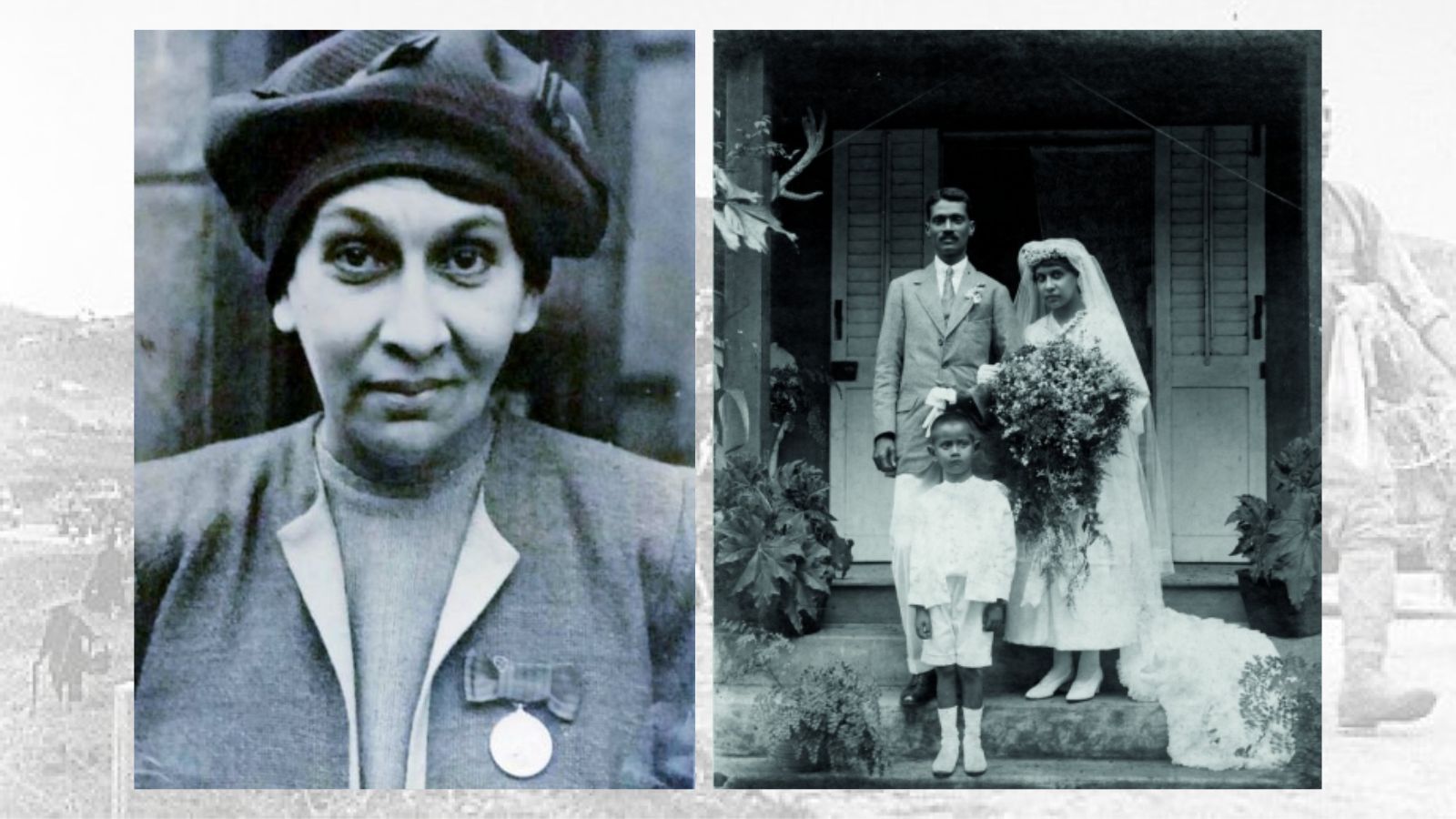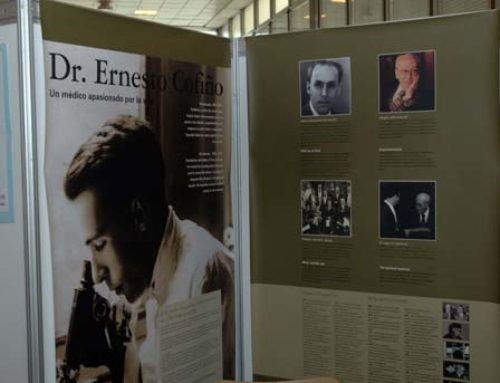Penang opens the cause of beatification for Sybil Kathigesu, a courageous woman who stood up to the Japanese
by Joseph Masilamany
Card Sebastian Francis made the announcement on Monday. Born in 1899, Sybil was a Catholic nurse who cared for the poor. During the Second World War, she supported the resistance with her husband, enduring severe torture and dying from septicaemia in 1948. For the prelate, “she has quietly inspired many of us with a life of faith and fearless deeds.”

Kuala Lumpur (AsiaNews) – Card Sebastian Francis, bishop of Penang, announced the opening of the cause of beatification for Sybil Kathigasu, a Catholic nurse and supporter of the resistance against Japan during World War II.
“I consulted the Archbishop of Kuala Lumpur, Mgr Julian Leow, on the matter and the procedure has been assigned as postulator to the priest of the archdiocese, Fr Eugene Benedict,” the cardinal said in a statement.
“Today we celebrate the start of a journey to raise the sacred cause for the beatification of a daughter of the Malaysian Church,” who “quietly inspired many of us with a life of faith and fearless deeds. May we strive to follow in her footsteps as we pray for her impending sainthood.”
Sybil Medan Daly was born on 3 September 1899, in Medan, Sumatra, then part of the Dutch East Indies. Fifth child (and only girl) of Joseph Daly, an Irish-Eurasian planter, and Beatrice Matilda Martin, a French-Eurasian midwife.
After studying obstetrics and nursing for three years, Sybil assisted her husband, Dr Abdon Clement Kathigesu, at a clinic in Papan, a small town near Ipoh, Perak State.
Together, the couple started a successful private practice, offering a free service to the poor who could not afford to pay for medical care.
But war was not long in coming with the first bombing of Ipoh in 1941 and the incursion of Japanese troops at the prosperous mining town.
Sybil had a vision in which God told her that she would have to endure many sacrifices in the days to come. Instead of becoming demoralised, the nurse hung a picture of the Sacred Heart of Jesus in a strategic place in the house, and began taking notes of every activity outside.
The Kathigesus supported the resistance by secretly providing medicines to Allied troops and sharing information. Thanks to Sybil’s fluency in Cantonese, she could communicate with Chinese guerrillas fighting against the Japanese occupation.
She was eventually arrested together with her husband. The Kempeitai, Japan’s military police, subjected her to terrible torture, but Sybil refused to reveal anything.
Holding her rosary tightly, praying aloud every night, and calling out the name of Jesus, she resisted even when she was dragged before her five-year-old daughter, Dawn, who was dangling from a tree with a fire burning underneath with the Japanese threatening to burn alive.
But it was Dawn who inspired her not to give in saying: “Be very brave, mummy. Don’t tell. We will both die, and Jesus will wait for us in Heaven above.”
After the war, Sybil was released from Batu Gajah prison on 6 September 1945 with very serious injuries, including a fractured spine.
The first thing she asked was to be taken by stretcher to the entrance of St Joseph church, where she dragged herself down the aisle in thanksgiving.
The Malayan People’s Anti-Japanese Army also freed her husband and children.
Sybil was taken for medical treatment to London where she wrote her autobiography, No Dram of Mercy.
In 1947 she was awarded the George Medal by King George VI at Buckingham Palace, for her bravery during the Japanese occupation, the only Malayan woman to receive the award.
Seven months later, on 12 June 1948, Sybil passed away at the age of 49 from septicaemia.
She was first buried in Lanark, Scotland, but the following year, her remains were brought back to Ipoh and buried in the Catholic cemetery at St Michael’s Church on Brewster Road.[*]
Time Magazine called her the “Edith of Malaysia” in reference to the British nurse Edith Cavell, who treated soldiers on both sides without distinction during the First World War.
[*] Now now Jalan Sultan Idris Shah Road.









